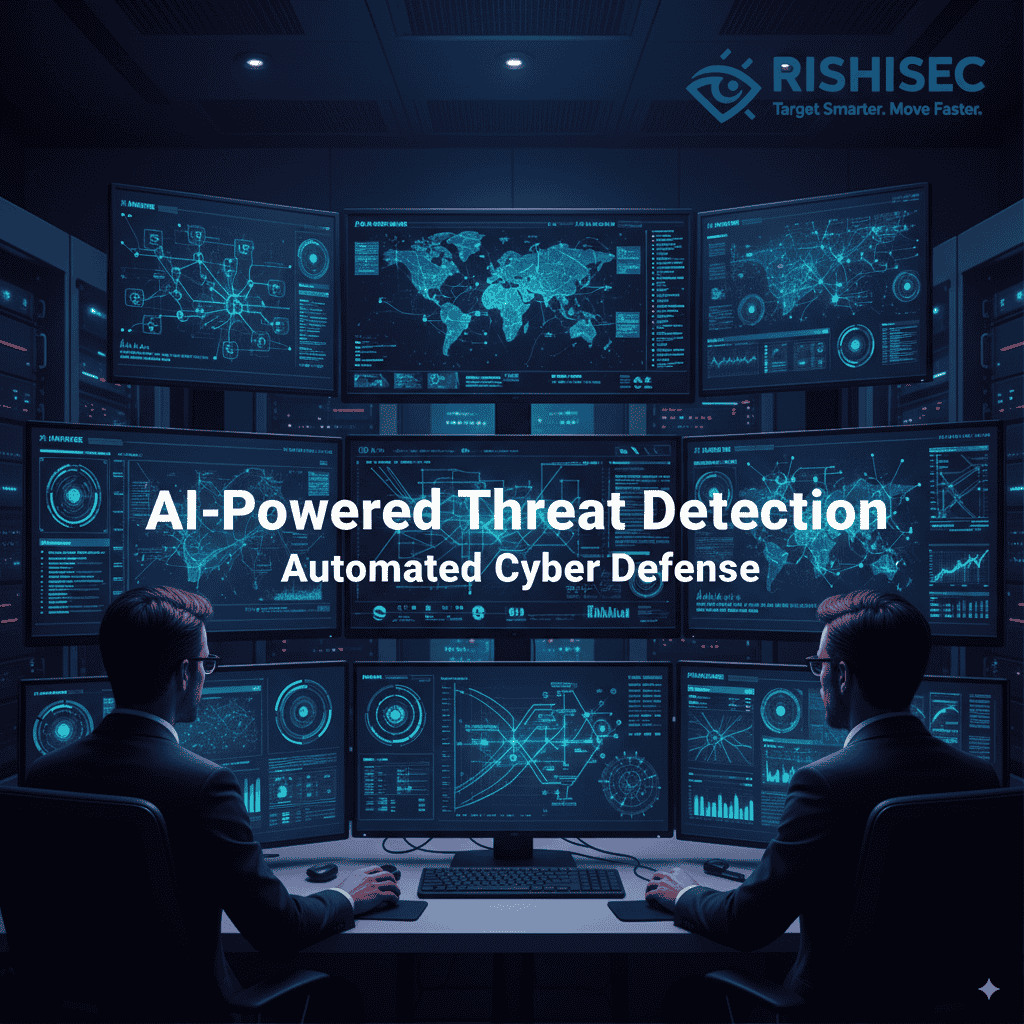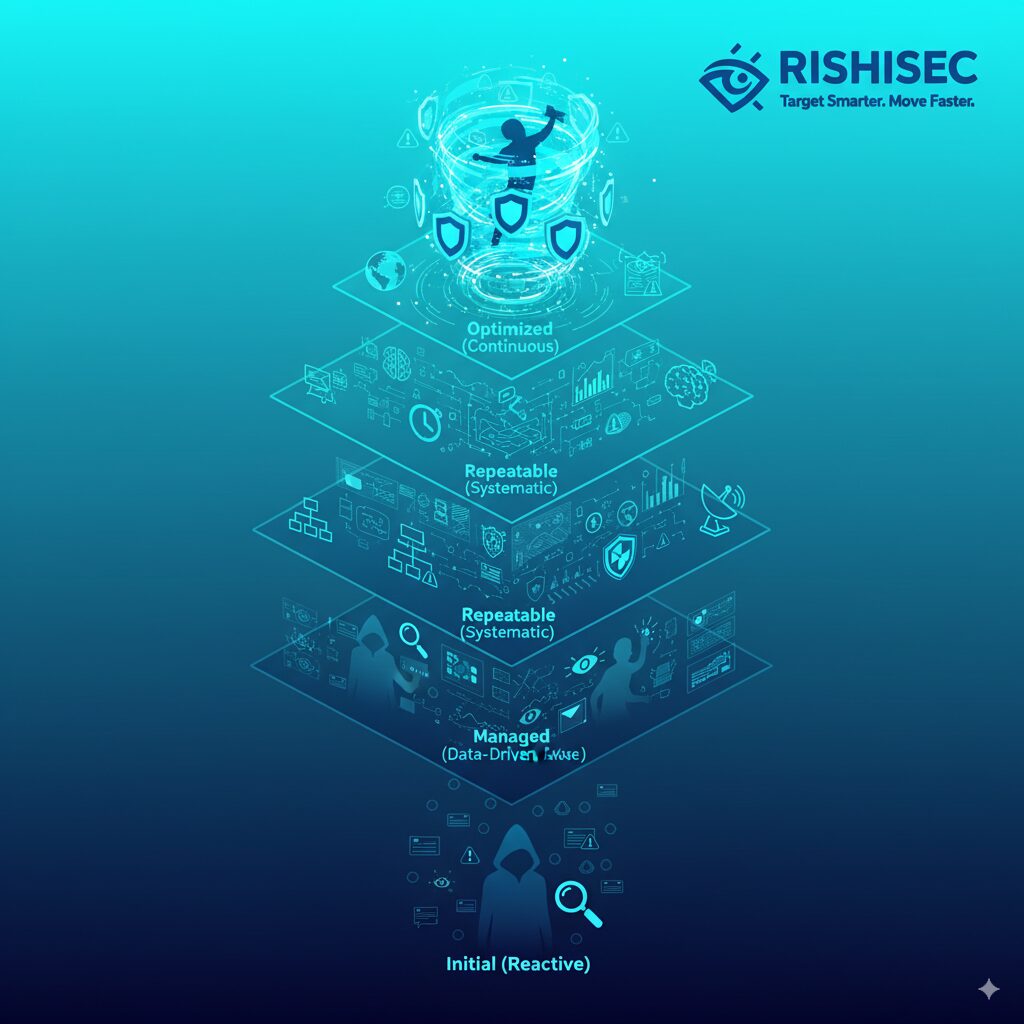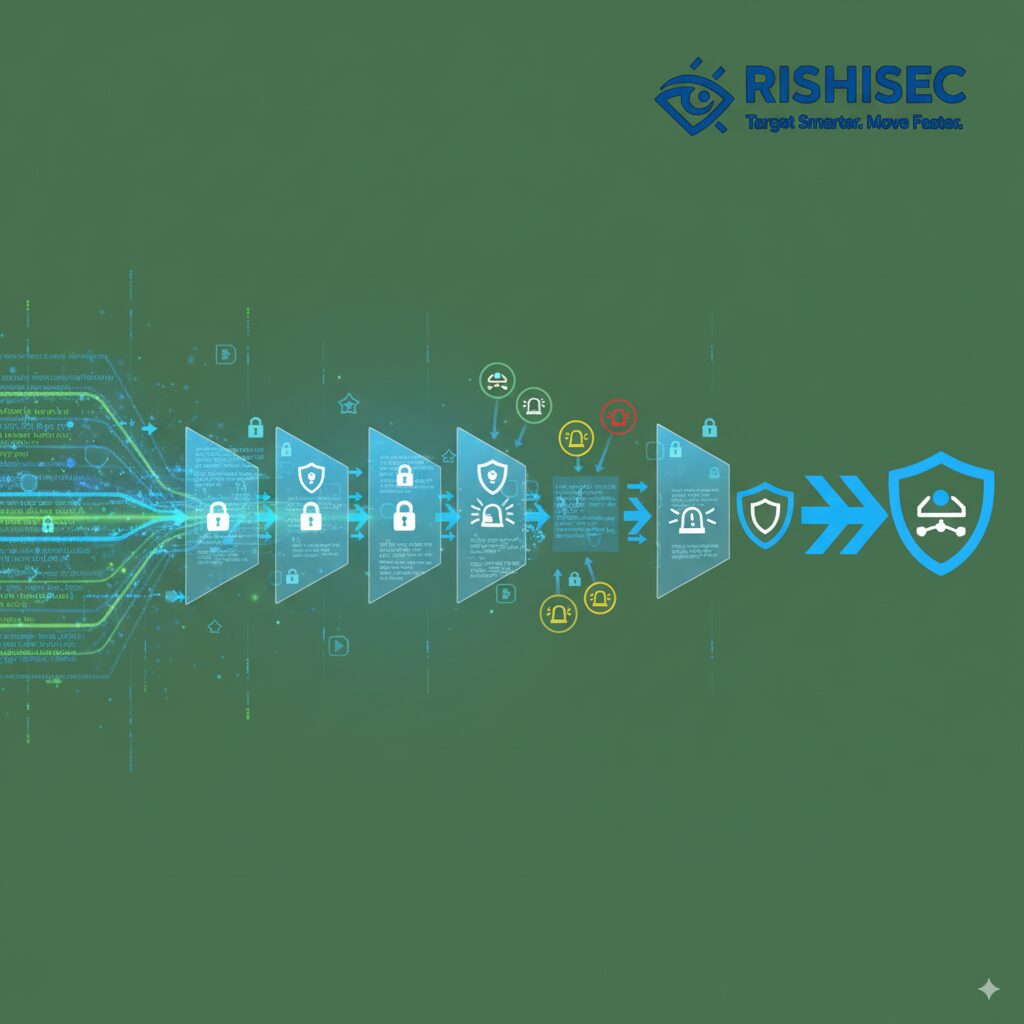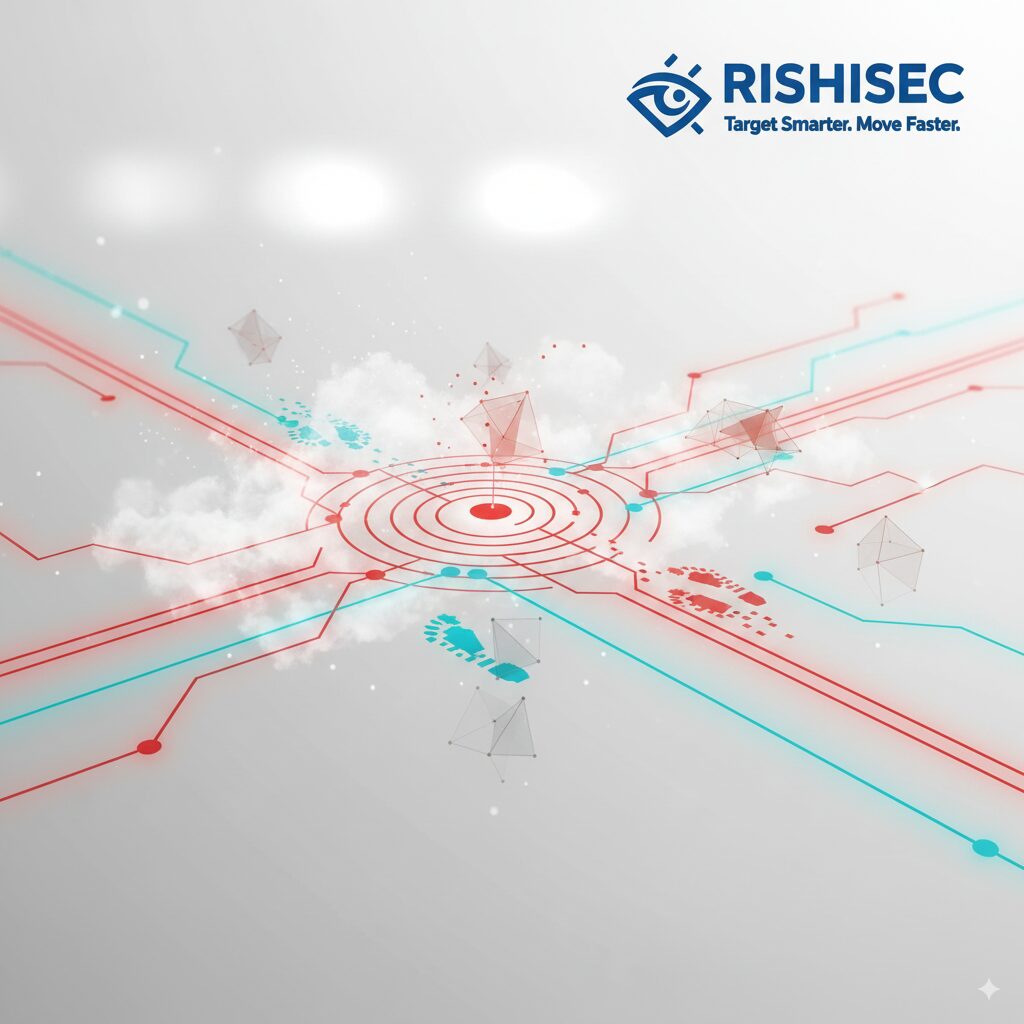Traditional threat actor attribution methods are crumbling under the weight of modern cyber warfare. Security teams face an overwhelming tsunami of indicators, attacks, and threat actors operating across multiple jurisdictions and platforms. Manual attribution processes that once took weeks now demand completion within hours. This reality has sparked a revolution in AI-powered threat actor attribution, combining open-source intelligence (OSINT) with machine learning to deliver unprecedented speed and accuracy.
Today’s threat landscape features sophisticated adversaries who deliberately obfuscate their digital footprints. Nation-state actors, ransomware cartels, and cybercriminal syndicates employ advanced operational security measures that challenge traditional investigative approaches. However, AI-driven attribution systems can process millions of data points simultaneously, identifying subtle patterns and connections that human analysts might miss. This transformation isn’t just improving efficiency; it’s fundamentally changing how security professionals approach threat intelligence and incident response.

Why Traditional Attribution Methods Are Failing
The cybersecurity industry has reached a critical inflection point where manual attribution processes can no longer keep pace with evolving threats. Security operations centres (SOCs) receive thousands of alerts daily, yet most attribution efforts still rely on time-intensive manual correlation and analysis.
Consider the challenges facing today’s threat intelligence teams. First, the sheer volume of data overwhelms human capacity. Modern enterprises generate petabytes of security telemetry, while threat actors operate across hundreds of platforms simultaneously. Furthermore, sophisticated adversaries deliberately create attribution challenges by using shared infrastructure, mimicking other groups’ tactics, and employing false flag operations designed to mislead investigators.
Language barriers compound these difficulties significantly. Threat actors communicate in dozens of languages across forums, marketplaces, and communication channels. Traditional attribution relies heavily on linguistic analysis, but few organizations maintain multilingual expertise sufficient for comprehensive threat tracking. Additionally, the time sensitivity of modern threats demands attribution decisions within hours, not days or weeks.
These systemic challenges create dangerous blind spots in organizational security postures. When attribution takes too long, response strategies suffer, and threat actors gain valuable time to achieve their objectives. Automated OSINT investigations offer a compelling solution to these escalating challenges.
The Data Explosion Problem
Security teams now monitor exponentially more data sources than ever before. Social media platforms, dark web forums, cryptocurrency transactions, domain registrations, malware repositories, and threat feeds generate continuous streams of potentially relevant intelligence. However, processing this information manually creates insurmountable bottlenecks that delay critical attribution decisions.
| Data Source | Daily Volume | Manual Processing Time |
|---|---|---|
| Threat Intelligence Feeds | 50,000+ IOCs | 8-12 hours |
| Dark Web Forums | 10,000+ posts | 6-10 hours |
| Domain Registrations | 100,000+ domains | 15-20 hours |
| Social Media Monitoring | 1M+ mentions | 20+ hours |
How AI-Powered Attribution Transforms Intelligence Operations
Artificial intelligence fundamentally reimagines threat actor attribution by automating pattern recognition, correlation analysis, and behavioral profiling at machine speed. Modern AI systems can process vast datasets simultaneously while identifying subtle connections that escape human detection.
Machine learning algorithms excel at detecting anomalies and patterns within complex data structures. They can analyze writing styles, infrastructure patterns, timing correlations, and technical signatures to build comprehensive threat actor profiles. Moreover, these systems continuously learn and adapt, improving attribution accuracy over time as they process more data and receive feedback from analysts.
Natural language processing capabilities enable AI systems to monitor multilingual threat communications across dozens of platforms simultaneously. These tools can translate content, identify sentiment, extract entities, and map relationships between actors operating in different linguistic communities. This capability dramatically expands the scope of attribution investigations beyond traditional English-language sources.

Machine Learning for Behavioral Pattern Recognition
Advanced machine learning models can identify unique “digital fingerprints” that distinguish different threat actors. These fingerprints encompass technical indicators like malware compilation techniques, infrastructure preferences, and operational timing patterns. However, they also include behavioral elements such as communication styles, target selection criteria, and post-compromise activities.
Sophisticated AI systems build probabilistic attribution models that assign confidence scores to potential matches. Instead of binary attribution decisions, analysts receive nuanced assessments that account for uncertainty and competing hypotheses. This approach enables more informed decision-making while reducing false positives that plague traditional attribution methods.
Graph-Based Intelligence Correlation
Modern attribution platforms leverage graph databases to model complex relationships between entities, indicators, and activities. AI algorithms can traverse these relationship graphs to identify indirect connections that manual analysis might miss. For instance, two apparently unrelated campaigns might share subtle infrastructure overlaps that become apparent only through automated graph analysis.
Tools like Kindi exemplify this approach by providing intelligent link analysis capabilities that automatically map relationships between domains, IP addresses, malware samples, and threat actor aliases. The platform’s AI-powered correlation engine can process thousands of indicators simultaneously, identifying clusters and patterns that would require weeks of manual analysis.
Essential Components of Automated Attribution Systems
Effective AI-powered attribution platforms integrate multiple technological components to deliver comprehensive threat intelligence capabilities. Understanding these components enables organizations to evaluate and implement solutions tailored to their specific requirements.
Data ingestion systems form the foundation of automated attribution platforms. These systems must handle structured and unstructured data from diverse sources including threat feeds, social media platforms, forums, marketplaces, and internal security tools. Advanced platforms use APIs, web scraping, and real-time streaming to ensure comprehensive data coverage.
Natural language processing engines enable platforms to extract meaningful intelligence from textual content across multiple languages. These systems identify entities, relationships, sentiment, and context within communications, reports, and discussions. Advanced NLP capabilities can even detect deception, emotional states, and cultural indicators that provide attribution clues.
Real-Time Correlation Engines
Modern threats evolve rapidly, requiring attribution systems that can correlate new indicators with historical data in real-time. Advanced correlation engines use multiple algorithms simultaneously to identify potential matches, assess confidence levels, and prioritize alerts based on threat severity and organizational relevance.
These engines must balance speed with accuracy, providing timely alerts while minimizing false positives that overwhelm analysts. Machine learning models continuously refine correlation parameters based on analyst feedback and emerging threat patterns.
Collaborative Intelligence Platforms
Attribution investigations often require coordination between multiple teams, agencies, or organizations. Modern platforms provide secure collaboration environments where analysts can share intelligence, coordinate investigations, and maintain operational security while working on sensitive cases.
Kindi’s collaboration features exemplify this approach by enabling secure information sharing while maintaining granular access controls. Teams can work together on complex attribution cases while ensuring that sensitive sources and methods remain protected.

Advanced Use Cases for AI-Driven Attribution
AI-powered attribution systems excel in several critical use cases that demonstrate their transformative potential for modern security operations. These applications showcase how automation can enhance traditional investigative approaches while enabling entirely new analytical capabilities.
Nation-State Campaign Tracking
Advanced persistent threats (APTs) represent some of the most sophisticated attribution challenges in cybersecurity. Nation-state actors employ extensive resources to obscure their activities, use legitimate infrastructure, and mimic other groups’ techniques. However, AI systems can detect subtle patterns that persist across campaigns, even when actors attempt to modify their approaches.
Machine learning models can analyze malware families, infrastructure patterns, targeting preferences, and operational timing to build comprehensive profiles of nation-state groups. These profiles enable predictive attribution that can identify emerging campaigns before they fully develop. Military teams leverage OSINT extensively for this type of strategic threat intelligence.
Ransomware Attribution and Disruption
Ransomware attacks demand rapid attribution to enable effective response and potential recovery operations. AI-powered systems can instantly compare ransom notes, payment mechanisms, encryption techniques, and communication patterns against known ransomware groups. This rapid attribution enables organizations to access relevant decryption tools, understand likely threat progression, and coordinate with law enforcement more effectively.
Furthermore, automated attribution can identify relationships between different ransomware operations, revealing affiliate networks and shared infrastructure that manual analysis might miss. This intelligence supports broader disruption efforts targeting entire criminal ecosystems rather than individual incidents.
Social Media Disinformation Campaigns
State-sponsored disinformation operations present unique attribution challenges that benefit enormously from AI assistance. These campaigns often involve hundreds or thousands of accounts coordinating across multiple platforms over extended periods. Manual analysis cannot effectively track these operations at scale.
AI systems can identify coordination patterns, linguistic signatures, and behavioral anomalies that reveal inauthentic activity. Machine learning models can cluster related accounts, trace content propagation patterns, and attribute activities to specific state or non-state actors based on tactical preferences and targeting patterns.
Implementing AI-Powered Attribution in Your Organization
Successfully implementing AI-powered threat actor attribution requires careful planning, appropriate tool selection, and strategic integration with existing security operations. Organizations must consider their specific requirements, available resources, and operational constraints when developing implementation strategies.
Start by assessing your current attribution capabilities and identifying specific pain points that automation can address. Common challenges include data volume management, multilingual analysis requirements, correlation complexity, and time constraints. Understanding these challenges helps prioritize automation investments and measure success effectively.
Consider your organization’s data sources and integration requirements carefully. Effective attribution platforms must ingest data from multiple sources including threat feeds, internal security tools, open-source intelligence, and specialized databases. Ensure that chosen platforms can integrate with your existing technology stack without creating operational silos.
Building Attribution Workflows
Effective implementation requires well-defined workflows that combine automated analysis with human expertise. AI should handle routine correlation, pattern recognition, and data processing tasks while analysts focus on complex analysis, strategic assessment, and decision-making.
Develop clear escalation procedures that define when automated attribution results require human review. High-confidence matches might proceed directly to response teams, while ambiguous cases need analytical review. This approach maximizes efficiency while maintaining analytical rigor.
Training plays a crucial role in successful implementation. Analysts must understand AI capabilities and limitations to effectively interpret results and provide meaningful feedback. Regular training sessions should cover platform functionality, analytical methodologies, and emerging threat trends.
Measuring Success and ROI
Establish clear metrics for evaluating attribution automation success. Key performance indicators might include time-to-attribution, accuracy rates, analyst productivity gains, and threat detection improvements. Regular assessment ensures that automation investments deliver expected benefits and identify areas for optimization.
Organizations should track both quantitative metrics like processing speed and qualitative improvements like analytical depth and confidence levels. This comprehensive assessment approach provides a complete picture of automation impact on organizational security posture.
Future Trends in Threat Actor Attribution
The field of AI-powered threat actor attribution continues evolving rapidly as new technologies emerge and threat actors adapt their tactics. Understanding these trends helps organizations prepare for future challenges and opportunities.
Quantum computing will eventually impact attribution methodologies significantly. While quantum computers could potentially break current cryptographic protections, they will also enable more sophisticated pattern analysis and correlation capabilities. Organizations should monitor quantum developments and prepare for eventual integration into attribution workflows.
Advanced AI techniques like deep learning, reinforcement learning, and generative models will enhance attribution capabilities further. These technologies will enable more nuanced behavioral analysis, improved predictive capabilities, and better handling of adversarial attempts to deceive attribution systems.
Integration with other security technologies will deepen over time. Attribution systems will increasingly integrate with threat hunting platforms, security orchestration tools, and incident response systems to create comprehensive security ecosystems. This integration will enable more automated and effective threat response workflows.
Conclusion: Embracing the Attribution Revolution
AI-powered threat actor attribution represents a fundamental shift in how security organizations approach threat intelligence and incident response. The combination of machine learning, natural language processing, and advanced correlation techniques enables unprecedented analytical capabilities that manual methods simply cannot match.
Organizations that embrace these technologies gain significant advantages in threat detection, response speed, and analytical depth. However, success requires thoughtful implementation, appropriate training, and integration with existing security operations. The future belongs to organizations that effectively combine human expertise with AI capabilities to stay ahead of evolving threats.
The transformation is already underway. Forward-thinking security teams are implementing AI-powered attribution tools and seeing immediate benefits in their threat intelligence operations. The question isn’t whether to adopt these technologies, but how quickly organizations can implement them effectively.
Want to strengthen your OSINT skills and other ones you can suggest? Check out our OSINT courses for practical, hands-on training. Explore how Kindi’s AI-powered OSINT platform can transform your threat attribution workflow. Sign up for our newsletter and stay ahead of cyber threats.
FAQ
What is AI-powered threat actor attribution?
AI-powered threat actor attribution uses machine learning, natural language processing, and automated correlation techniques to identify and profile cyber threat actors. This approach processes vast amounts of data simultaneously to detect patterns and connections that manual analysis might miss.
How accurate is automated threat actor attribution?
Modern AI attribution systems achieve high accuracy rates, typically 85-95% for well-defined threat actors. However, accuracy depends on data quality, algorithm sophistication, and the specific attribution challenge. Systems provide confidence scores to help analysts assess reliability.
Can AI attribution systems be fooled by sophisticated threat actors?
While advanced threat actors employ deception techniques, AI systems can often detect subtle patterns that persist despite attempts at obfuscation. The key is using multiple analytical approaches and maintaining human oversight for complex cases.
What types of data do AI attribution systems analyze?
These systems analyze diverse data including malware samples, network traffic, communications, social media activity, infrastructure information, cryptocurrency transactions, and threat intelligence feeds from both open and dark web sources.
How long does AI-powered attribution take compared to manual methods?
AI systems can provide initial attribution assessments within minutes or hours, compared to days or weeks for manual analysis. However, complex cases may still require human review and additional investigation time.




